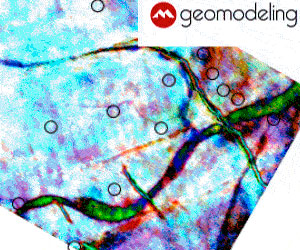The Gutenberg-Richter b value, the slope of a logarithmic cumulative magnitude distribution graph, provides an indication of the relative abundance of large-tosmall magnitude events. Numerous studies have demonstrated that earthquake catalogs for seismically active fault systems typically show a long-term b value in the range of 0.75 to 1.25, depending on the stress environment. Some classic studies have linked b value to fractal dimension (D), under simple relationships such as D ~ 2b. Microseismic catalogs derived from monitoring of hydraulic fracture treatments often show greater variability, including much higher b values than are characteristic of earthquake fault systems. It is not yet clear to what extent the scaling behaviour of critically stressed natural fault systems can be applied to brittle failure processes stimulated by hydraulic fracturing of unconventional reservoirs. This presentation will review recent developments that look at how to obtain accurate estimates of b value for mixed event populations, whether activation of slip on a fault can produce a measurable change in b value, what biases may be introduced by choice of instrumentation, and whether magnitude statistics may provide important geostatistical information about mechanical layering or discrete fracture networks within reservoir rocks.











Join the Conversation
Interested in starting, or contributing to a conversation about an article or issue of the RECORDER? Join our CSEG LinkedIn Group.
Share This Article